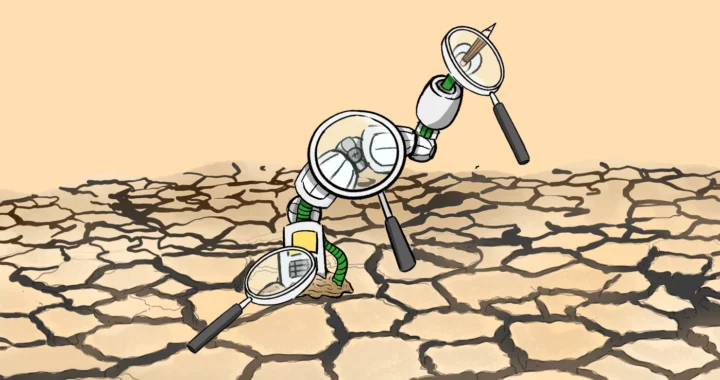What Makes a Healthy Planet?

Photo: NASA.
Awareness to take care of our Earth is on the rise. As issues and crises pile up, people start to realize the need for a healthy planet. What aspects are involved in it?
Biodiversity & Ecosystems
When talking about Earth, most people would immediately think of animals and the environment. From wildlife to rainforests to coral reefs, the restoration, conservation, and protection of our biodiversity and ecosystems are critical for a healthy planet.
This aspect deals with the continued well-being of animals, plants, and other species and their habitats. It includes domestic animals like dogs, wild animals like tigers and elephants, bodies of water like oceans and rivers, landscapes like mountains and deserts, and many others.
Efforts and progress for our biodiversity and ecosystems have been made across the globe, such as for underwater kelp forests in Australia, tigers in Nepal, whale migrations, steppe in Kazakhstan, and orangutans in Indonesia.
Humanity
As inhabitants of Earth, humans are an important aspect of a healthy planet. The human population is massive and widespread, giving us power and responsibility. For centuries, many human activities have been harming the planet due to their exploitative and wasteful nature. These have led to climate change, global warming, pollution, and a myriad of other issues.A healthy planet must be home to a healthy society. ‘Healing’ the Earth is incomplete without ensuring everyone can live well in safety and prosperity. Therefore, addressing inequalities in society is crucial. This aspect involves issues such as ending poverty & hunger, providing quality education & healthcare for all, etc.
Humans have autonomy, so it’s well within our rights and responsibility to change things for the better. We have a long way to go, but there’s progress. Some of them are about workplace anti-discrimination laws in Singapore, inclusive education in ASEAN countries, and women’s healthcare.
Sustainable Living
People and the environment are always connected. Humans use and take from nature to survive – to eat and make shelter, among other things. So, it’s essential to make sure the way humans live doesn’t harm our environment. Having a healthy planet means keeping the connection between humans and nature healthy and sustainable.
This aspect requires systemic transitions from exploitative practices of human activities to more sustainable ones. It includes topics such as sustainable agriculture, sustainable consumption & production, sustainable transport, sustainable cities & human settlements, sustainable supply chain, and even sustainable tourism.
Examples of sustainable living issues include net-zero buildings, food loss/waste reduction, clean energy, sustainable fashion, etc.

Join Green Network Asia Membership
If you find this content useful, support Green Network Asia’s movement to create positive impact for people and the planet through public education and multi-stakeholder advocacy on sustainability-related issues and sustainable development. Get exclusive benefits for your personal and professional development.
Become a Member Now
Nazalea Kusuma
Naz is the Manager of International Digital Publications at Green Network Asia. She is an experienced and passionate writer, editor, proofreader, translator, and creative designer with over a decade of portfolio. Her history of living in multiple areas across Southeast Asia and studying Urban and Regional Planning exposed her to diverse peoples and cultures, enriching her perspectives and sharpening her intersectionality mindset in her storytelling and advocacy on sustainability-related issues and sustainable development.


 Revealing the Pink Tax and The Cost of Being a Woman
Revealing the Pink Tax and The Cost of Being a Woman  Exploring Biodiversity-Positive Incentives to Halt Biodiversity Loss
Exploring Biodiversity-Positive Incentives to Halt Biodiversity Loss  The Dirtbag Billionaire who Gave It All Away for Planet Earth
The Dirtbag Billionaire who Gave It All Away for Planet Earth  Singapore Passed OSRA Bill to Protect Victims of Cyberviolence
Singapore Passed OSRA Bill to Protect Victims of Cyberviolence  How The Great Green Wall Evolves to Embrace Indigenous Land Management
How The Great Green Wall Evolves to Embrace Indigenous Land Management  Intelligence with Integrity: The Case for a Carbon-Conscious AI Development
Intelligence with Integrity: The Case for a Carbon-Conscious AI Development